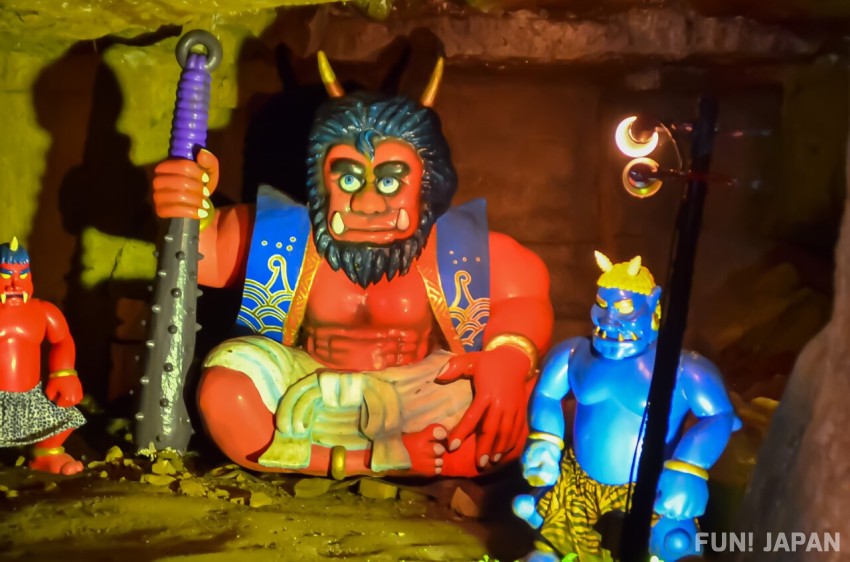
There is a total of 47 prefectures in Japan.
Just as the townscapes, activities, and gourmet foods differ from region to region, the characteristics of local people also vary. In this series, we will delve into the local circumstances of each prefecture by introducing attractions and local people's tidbits.
This time, we will focus on Kagawa Prefecture, a popular area in Shikoku. Kagawa is known for its stunning views of the Seto Ohashi Bridge, the famous Naoshima Island with the Setouchi International Art Festival, and other attractive islands such as Shodoshima. Let's learn together about Kagawa, which is also popular for its local gourmet food such as Sanuki Udon!
Are Kagawa residents crafty!? Pay attention to the unique characteristics of the residents, which come from the fact that Kagawa has the smallest area and the highest population density in Japan!

The dialect of Kagawa Prefecture is called Sanuki dialect. "Sanuki" is the old name for Kagawa, and the "Sanuki" in Sanuki udon also originates from this name.
The Sanuki dialect has many unique words and sounds, but particularly characteristic is the word "herakoi" which represents the people of Kagawa Prefecture. This word means "sly, cunning, and dark-hearted", which may sound quite negative, but in reality, many Kagawa residents are said to be good at thinking about things in a rational way.
Despite the image of Shikoku having many gentle and friendly people due to its warm climate facing the Seto Inland Sea, why are there many "herakoi" people?
There are various theories, but it is said that the cause is that Kagawa has the smallest area in Japan and has a large population for its area. Many people live in a small area, and the population density is high, so it is necessary to be cooperative and good at handling things in daily life, which may have led to the "crafty" character. In addition, there is little rainfall in summer and there are no large rivers, so they have been plagued by chronic water shortages, and they have been forced to make various efforts to survive, such as creating reservoirs (there are as many as 14,600 registered reservoirs in the prefecture!), which may have made them well-prepared.
Either way, this "skillfulness" and "always being prepared" spirit is clearly reflected in the financial situation of the residents. There is a phrase "Sanuki's overdressed" which means showing off, but in reality, the people of Kagawa are very good at saving money and have a high amount of savings compared to their annual income. In particular, in the 2021 Engel's coefficient ranking by prefecture, Kagawa ranked 38th out of 47 prefectures, and there is a tendency to save on food expenses, which was once ranked the lowest.
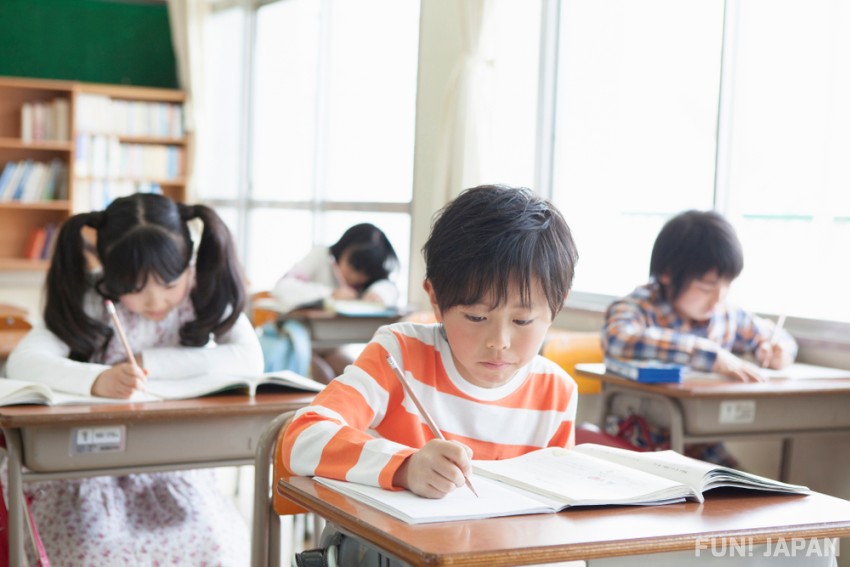
However, while they tend to save on food expenses, they are passionate about education and tend to spend money on their children's education. So much so, that the prefecture has established a "Kagawa Prefecture Internet and Game Addiction Measures Ordinance" due to the emphasis on studying.
Kagawa Prefecture, often referred to as a "microcosm of Japan" due to its small area and high population density. Knowing the character of its residents might give you a deeper understanding of the Japanese people?
※ "Kagawa Prefecture Internet and Game Addiction Measures Ordinance". An ordinance that stipulates, among other things, that children under 18 should limit their use of computer games to 60 minutes a day (90 minutes on holidays)
Are Soba and Somen also top-notch!? The unknown noodle situation in Kagawa
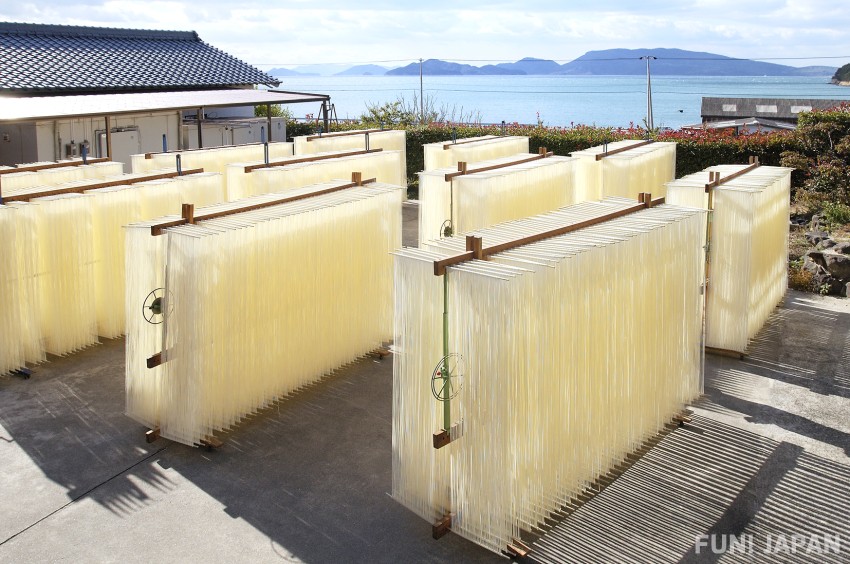
Kagawa Prefecture is famous as the "Udon Prefecture". Throughout the prefecture, there are "self-udon" self-serving style shops where you can boil and make your own udon, and even in high school and university cafeterias, there are spaces where students can boil their own udon. This shows how much Sanuki udon has become a staple food for the locals. However, it is not widely known that soba and somen are also local specialties besides udon.
In particular, soba is famous as "Sanuki soba", and the consumption amount of the locals is as much as udon. According to the results of the household survey (Statistics Bureau, Ministry of Internal Affairs and Communications) conducted in 2022, when looking at the annual expenditure amount (purchase) of "raw udon/soba" per household (households of two or more people), Takamatsu City ranked first in Japan with 5,764 yen. Takamatsu City also recorded about 2.4 times the national average (5,911 yen) with an annual expenditure amount of 13,963 yen per household for "Japanese soba/udon" (eating out).

The characteristics of Sanuki soba are its strong texture, similar to Sanuki udon, and it is often served in a "kake soba" style with hot soup. When you think of "Japanese soba", you might imagine thin noodles with a smooth texture. However, in Kagawa, many udon restaurants also serve soba. They make soba in the same way as udon, so the proportion of wheat flour is higher than usual, and thick, firm soba is the mainstream.
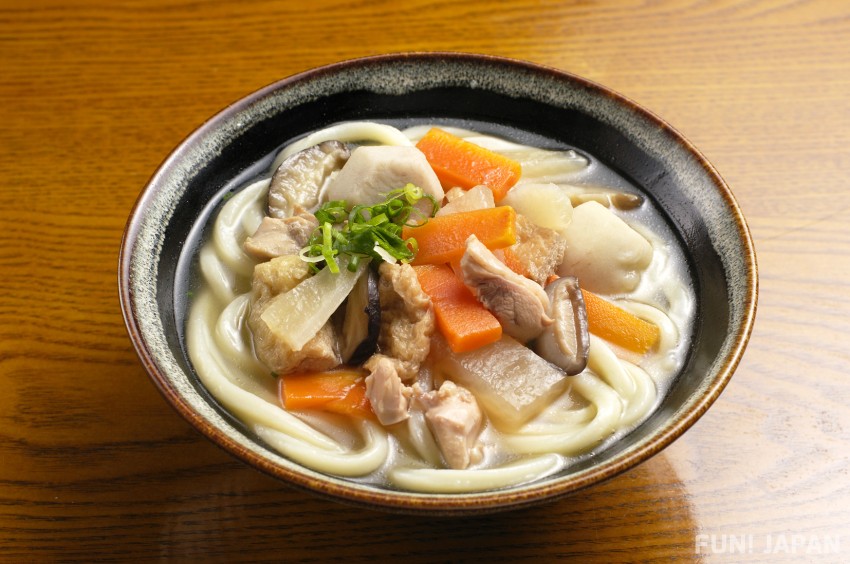
Also, in Kagawa during winter, it is common to eat "Shippoku Udon", which is served with a warm broth filled with vegetables and deep-fried tofu. Similarly, soba is often enjoyed in a "Kake" style, like Shippoku Soba.
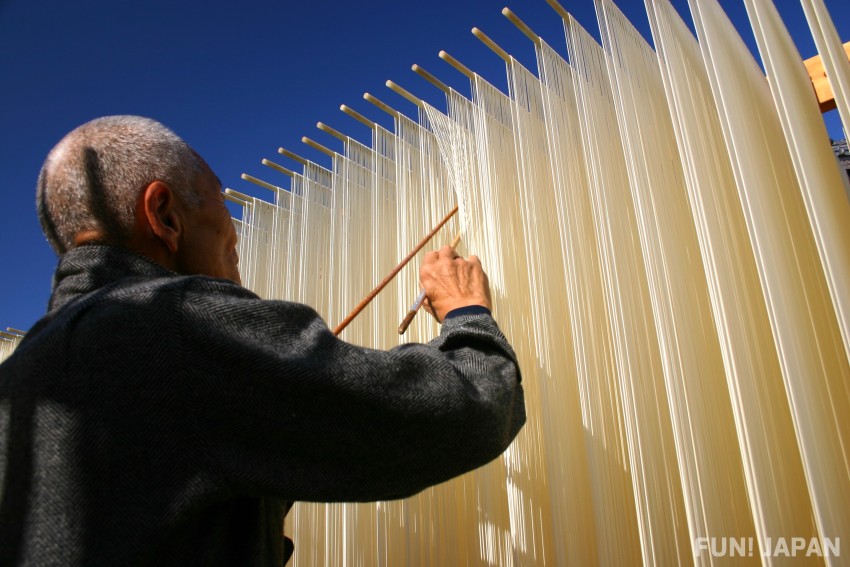
Shodoshima is known for its hand-stretched somen noodle making, and Shodoshima somen is positioned as one of the three major somen production areas in Japan.
If you have ever eaten udon in Kagawa before, why not visit Kagawa to eat soba or somen next time?
Momotaro, Urashima Taro, and even Kaguya Hime? Kagawa Prefecture is a treasure trove of fairy tale-related places

Actually, Kagawa is a treasure trove of fairy tale-related places. Here, we will introduce fairy tales associated with Kagawa Prefecture and their spots.
Onigashima and Momotaro Shrine! Is Kagawa the birthplace of the Momotaro legend!?
First, there is the representative fairy tale "Momotaro", who defeats demons with just himself and his three animal servants. There are related places scattered throughout the prefecture, and Megijima, which has the "Onigashima Large Cave" built around 100 BC, is also known as Onigashima that appeared in the tale. In Kaminomachi, Takamatsu City, there is the Kumano Gongen Momotaro Shrine where Momotaro and his servants are enshrined. There are several regions across the country that claim to be related to Momotaro, but this shrine is the only one with the graves of Momotaro's servants.
Also, from the fact that the same place names as the story, such as "Shibayama" where Momotaro's foster parent, the old man, mowed the lawn, "Kijigaya" where the Momotaro's servant pheasant used to live, and "Katsugayama" where the victory cry was raised after completing their demon extermination, it is said that Kagawa is the birthplace of the Momotaro legend.
Shonai Peninsula's Kamonokoshi where Urashima Taro saved a turtle and Maruyamajima, a sunset spot
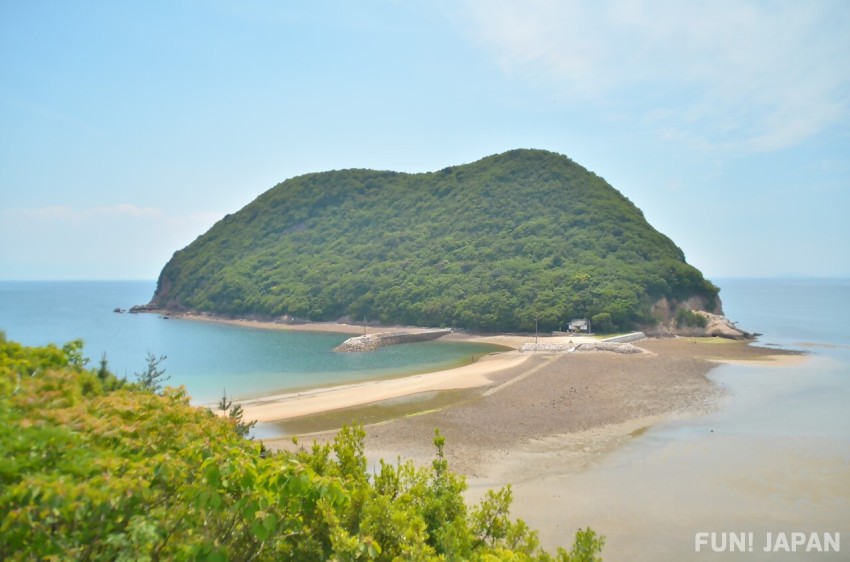
In the Shonai Peninsula, located in the northwestern part of Mitoyo City, Kagawa Prefecture, there are many place names and locations related to the fairy tale "Urashima Taro" which is themed on the sea. Firstly, the general term for the Shonai Peninsula, Awashima, and Shishijima used to be called "Urashima" (back island). Furthermore, the beach where it is said that Urashima Taro saved a turtle being bullied is Kamonokoshi in Takuma Town, Mitoyo City.
Also, off the coast of Kamonokoshi, there is Maruyama Island, which you can walk to at low tide. Even today, it is a famous island known for its breathtaking views at dusk, often referred to as "Angel Road". It's not hard to imagine that it was like a "Ryugu Castle" for people in the past.
In addition to the above, there is a theory that the old man in "The Tale of the Bamboo Cutter", where Princess Kaguya is the protagonist, was actually from Sanuki City, as his name was "Sanuki no Miyatsuko". Therefore, the "Kaguya Princess Carnival Nagao" was held in the Nagao district of Sanuki City until 2018. Why not experience a slightly mysterious Japanese fairy tale in Kagawa?
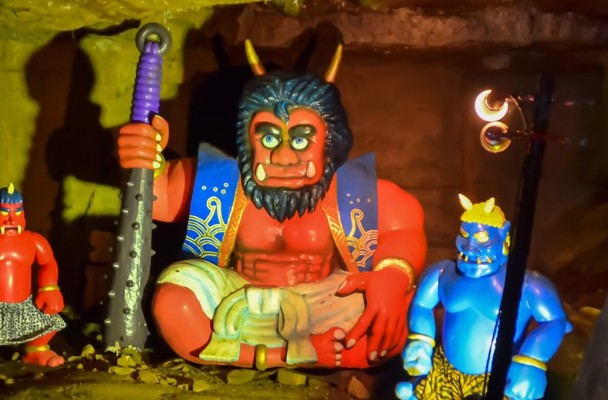
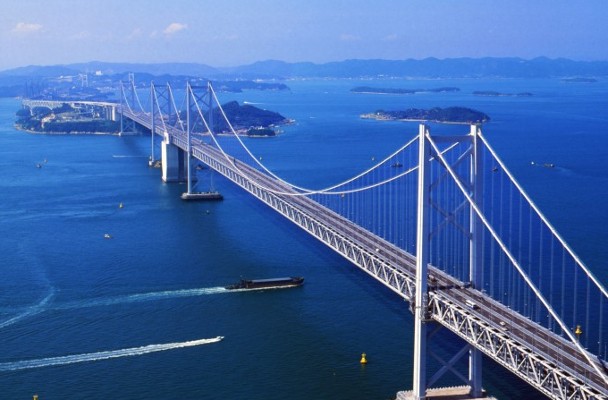
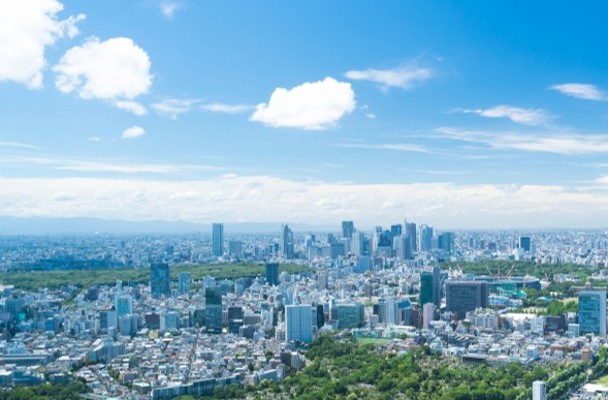

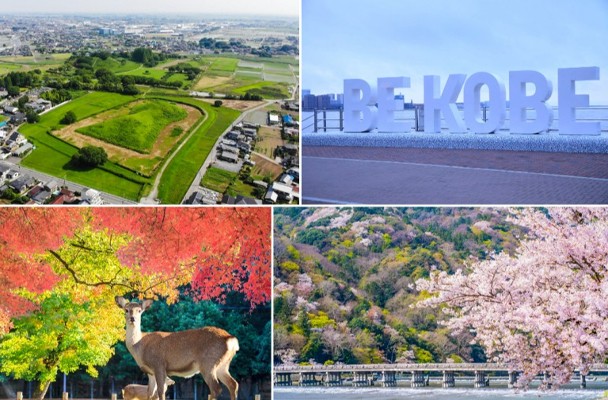
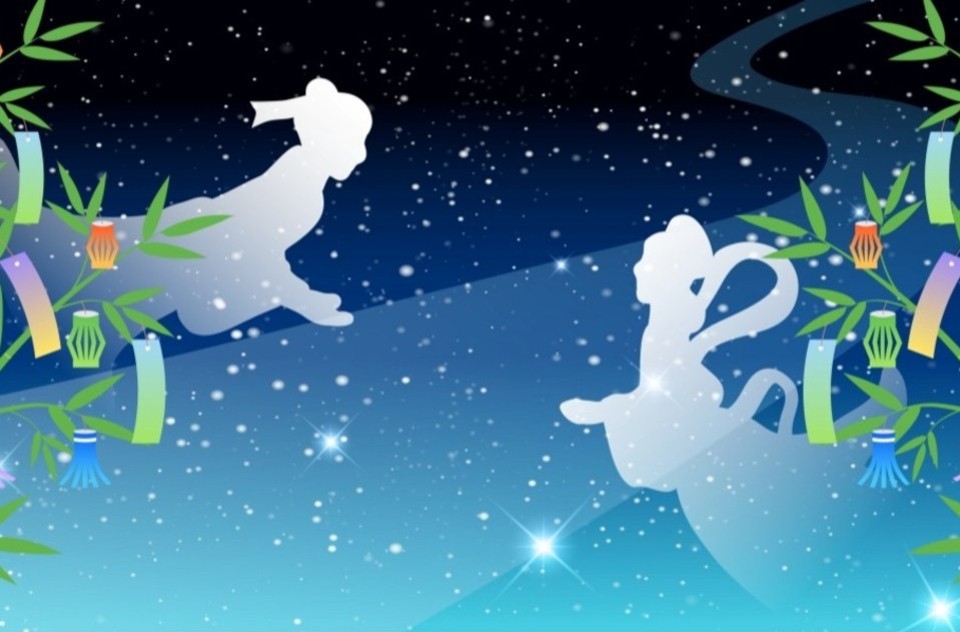

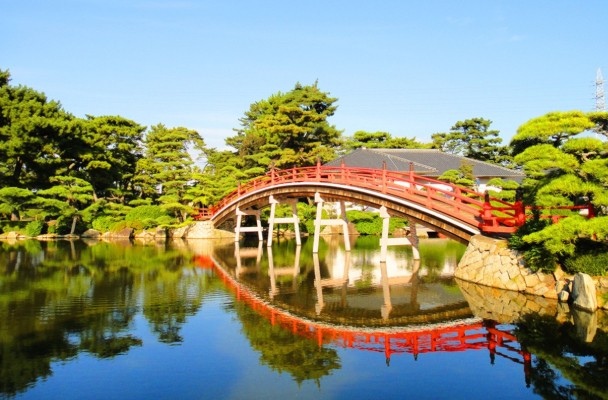
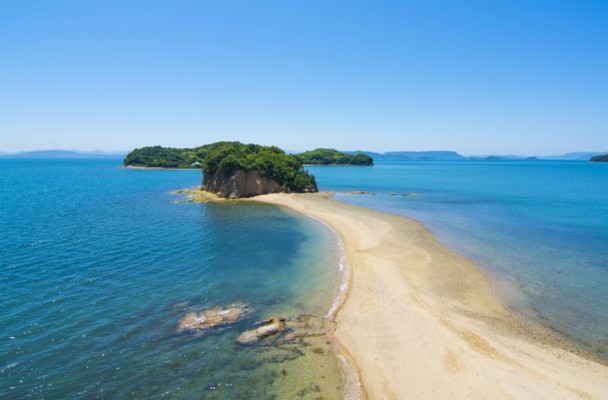
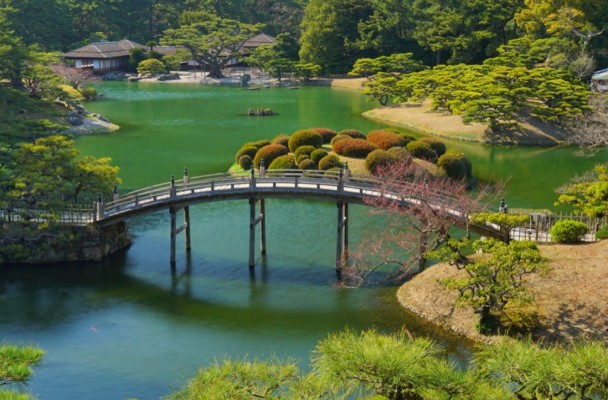
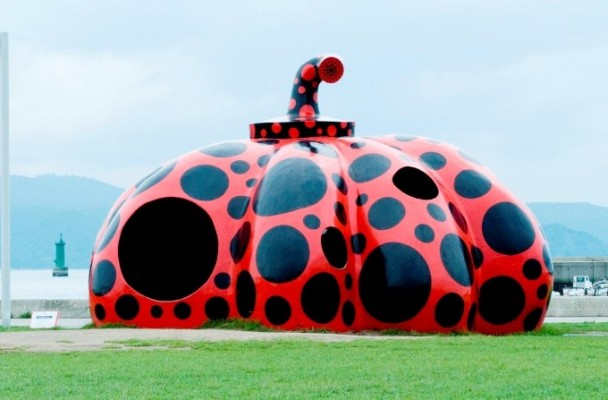

Comments